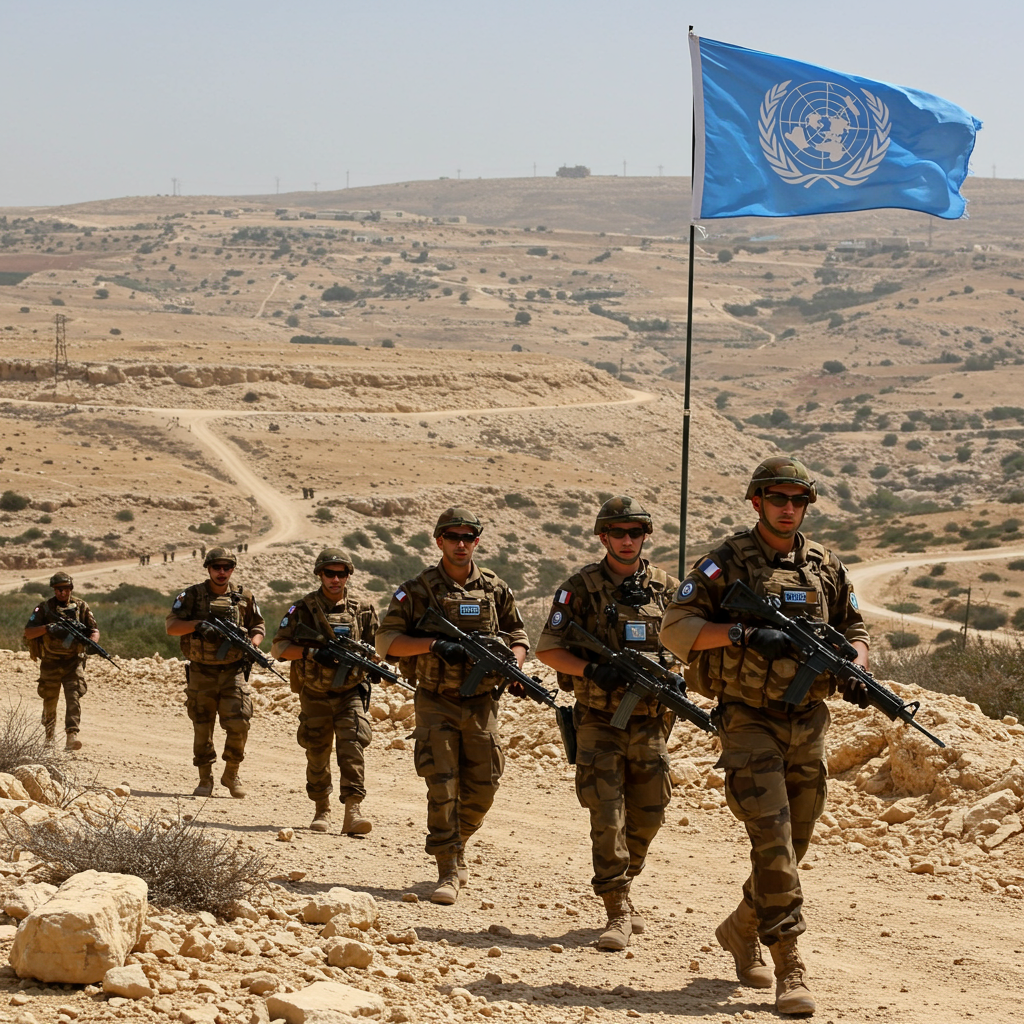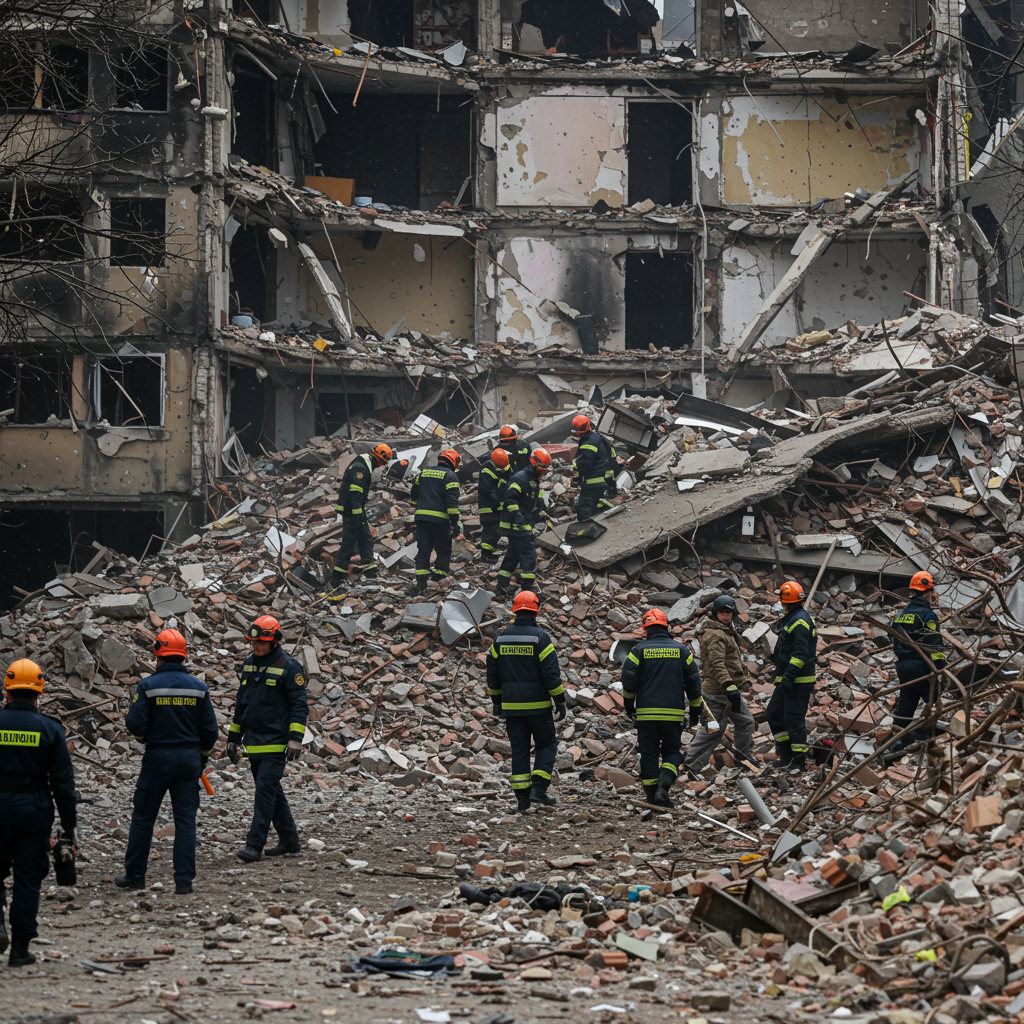Hamas is currently engaged in a fierce battle for survival in Gaza, facing mounting pressure on multiple fronts. Relentless Israeli military operations have severely depleted its ranks and infrastructure, while internal challenges from defiant local clans and uncertainty surrounding crucial support from ally Iran are further straining the group’s control.
Short on experienced commanders and having lost much of its critical tunnel network, Hamas fighters are reportedly operating with increased autonomy, tasked with holding out against the sustained Israeli offensive. However, maintaining effective governance and control on the ground is proving increasingly difficult.
Sources close to Hamas indicate the group is struggling to assert authority as Israel openly supports tribal elements opposing them. This internal fragmentation presents a significant challenge alongside the external military pressure.
Internal Strife: The Challenge from Gaza’s Clans
The intensifying humanitarian crisis in Gaza is amplifying international calls for a ceasefire, a pause Hamas desperately needs. Beyond offering respite to the war-weary population—who are reportedly growing critical of the group—a ceasefire would provide Hamas an opportunity to consolidate power and address internal threats. These threats include rebellious elements among some clans and opportunistic looters capitalizing on the chaos to steal aid.
To counter the most immediate internal threats, Hamas has reportedly dispatched some of its top fighters to target figures like Yasser Abu Shabab, a rebellious leader believed to be based in the Israeli-held Rafah area. However, according to sources familiar with the situation, Abu Shabab has so far evaded capture.
Abu Shabab, a Palestinian Bedouin leader, represents one of the most prominent internal challenges. Three Hamas sources accused him of collaborating with Israel and plotting against the Islamist group. His faction is said to control parts of eastern Rafah and operate with considerable freedom in the wider area, even appearing to organize the entry of aid trucks. While denying collaboration with Israel and portraying themselves as a popular force protecting aid, Abu Shabab’s group is reportedly attempting to build an independent administration, urging displaced residents to return with promises of food and shelter.
A Hamas security official vowed to forcefully confront Abu Shabab’s group, accusing them of being part of an effort to sow chaos and lawlessness. However, it’s important to note that not all of Gaza’s clans are at odds with Hamas; some have even cooperated, for instance, in protecting aid deliveries.
Palestinian analyst Akram Attallah suggests the emergence of figures like Abu Shabab is a direct consequence of Hamas’s current weakened state. While predicting their ultimate failure due to a general Palestinian rejection of perceived collaboration with Israel, he stressed that any internal enemy, regardless of size, poses a significant threat that Hamas must address.
Military Setbacks and Shifting Tactics
Interviews with 16 sources, including those close to Hamas, Israeli security officials, and diplomats, paint a picture of a severely degraded group. While retaining some operational capacity and influence in Gaza, Hamas has suffered immense setbacks.
Israeli military officials estimate that 20,000 or more Hamas fighters have been killed, and hundreds of miles of their crucial tunnel infrastructure have been destroyed or rendered unusable. Much of Gaza has been devastated by 20 months of conflict.
Intelligence assessments from diplomats in the Middle East suggest Hamas has lost its centralized command and control structure. The group is now largely reduced to conducting limited, surprise attacks, a stark contrast to its capabilities prior to the 2023 conflict. Although still capable of inflicting casualties – recently killing seven Israeli soldiers in southern Gaza – their ability to mount complex, coordinated assaults has diminished.
Israeli security sources report that the average age of Hamas fighters is decreasing, suggesting recruitment from a large pool of impoverished, unemployed young men displaced by the conflict. While Hamas does not disclose its losses, residents note the group’s presence is less overt than before the war, with fighters appearing intermittently to manage aid queues or enforce order.
Despite the dire situation, senior Hamas official Sami Abu Zuhri affirmed the group’s commitment to negotiations for an end to the war and the release of hostages in exchange for an Israeli withdrawal and cessation of hostilities. However, he firmly stated that “surrender is not an option.”
Uncertainty Lingers Over Iran’s Support
Adding to Hamas’s challenges is uncertainty regarding the future of support from its key ally, Iran. Tehran’s backing has been instrumental in developing Hamas’s military capabilities, including rocket technology and infiltration tactics.
Recent Israeli actions targeting Iranian figures linked to Hamas have raised questions about the potential impact on this relationship. One notable target was Saeed Izadi, a Revolutionary Guards officer described by Israel as a driving force behind the Iran-Hamas axis, whose death was announced by Israel. Hamas publicly extended condolences to Iran, calling Izadi a friend responsible for ties with the Palestinian resistance leadership.
A source from an Iran-backed regional group acknowledged Izadi’s role in developing Hamas’s capabilities. A Palestinian official close to Hamas admitted the group is evaluating the risk of diminished Iranian backing, anticipating effects on funding and expertise.
While senior Hamas official Abu Zuhri maintained that Iran is too large and powerful to be defeated, the targeted killings signal potential disruption to the vital logistical and financial lines that have sustained Hamas’s armed wing.
For Hamas, the current situation is existential. Yezid Sayigh, a senior fellow at the Carnegie Middle East Center, argues that the group is fighting not just for physical survival against military force but, crucially, for political survival. They face the risk of being eliminated on the ground if the war continues and being excluded from any future governance arrangements for Gaza should a political settlement emerge.
Sources close to Hamas concede the reality “doesn’t look good” but insist the group will continue to resist, viewing Israel’s terms for ending the war—such as Hamas leaders leaving Gaza—as tantamount to total defeat, which they vow never to accept.



